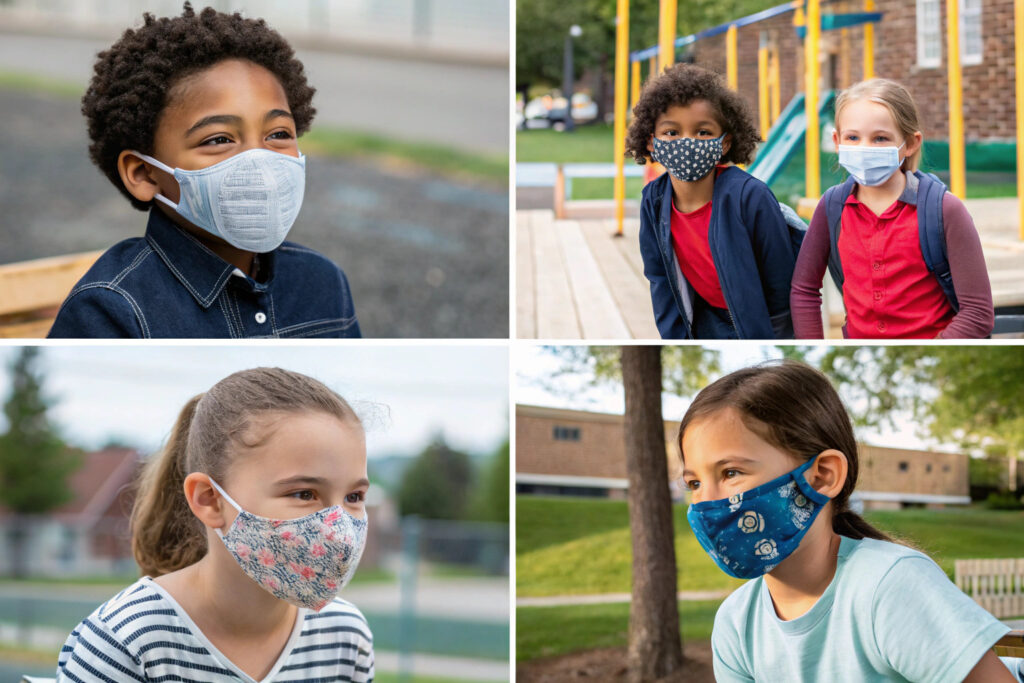Sourcing kids' cloth masks from China presents unique hurdles that differ significantly from adult mask production. While China offers tremendous manufacturing capabilities, children's products require special considerations that many suppliers struggle to address effectively. Understanding these challenges before starting production prevents costly mistakes and ensures you receive safe, comfortable products that both children and parents will appreciate.
The top 3 challenges when sourcing kids' cloth masks from China are ensuring proper sizing and fit for different age groups, meeting stringent international safety standards for children's products, and maintaining consistent quality across smaller-sized production runs. These factors require specialized expertise that not all manufacturers possess, making supplier selection critical to your sourcing success.
Children aren't just small adults - their mask needs differ in comfort requirements, safety considerations, and durability expectations. Let's examine each challenge in detail and explore practical solutions for successful kids' mask sourcing.
Challenge 1: Achieving Proper Sizing and Comfort for Different Age Groups
Children's facial structures vary dramatically between toddlers, school-age children, and pre-teens, making one-size-fits-all approaches ineffective and uncomfortable.
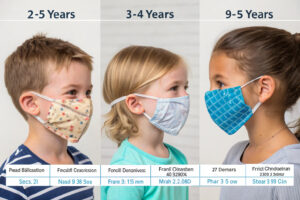
Why does age-specific sizing matter so much?
Ill-fitting masks cause constant adjustments, gaping that compromises protection, or excessive tightness that leads to ear pain. Proper children's mask sizing requires understanding facial anthropometry - the science of body measurements - which shows that children's face width-to-length ratios change significantly as they grow. Masks designed for toddlers (2-4 years) need different proportions than those for school-age children (5-8 years) or pre-teens (9-12 years). Our sizing system uses data from over 10,000 facial measurements to create three distinct size categories that accommodate these developmental differences.
How can adjustable features compensate for fit variations?
Since children within the same age group still vary in size, adjustable fabric masks with features like toggle ear loops, nose bridge wires, and chin contours help customize fit for individual faces. These adjustments prevent the common problems of gaping at the cheeks (which allows unfiltered air entry) or excessive pressure behind the ears (which causes discomfort). Our kids' masks incorporate at least two adjustment points to accommodate different facial structures while maintaining consistent coverage and protection.
Challenge 2: Meeting Stringent International Safety Standards
Children's products face stricter regulatory scrutiny worldwide, with specific requirements that many general mask manufacturers may overlook.
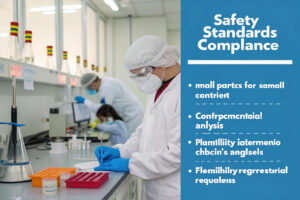
What safety certifications are essential?
Beyond general mask certifications, children's products require specific safety standard compliance including CPSIA (Consumer Product Safety Improvement Act) for the US market, EN 14683 for Europe, and AS/NZS 4381 for Australia. These standards address lead and phthalate content, flammability, and small parts safety that could present choking hazards. Additionally, OEKO-TEX® Standard 100 Class I certification is crucial as it verifies textiles contain no harmful substances specifically for products intended for babies and young children.
How do material choices impact safety compliance?
Children have more sensitive skin and tend to chew or suck on mask edges, making skin-friendly fabric selection critical. Materials must be free from allergens, heavy metals, and harmful chemicals while maintaining breathability and softness. Our recommended approach uses GOTS-certified organic cotton or hypoallergenic bamboo blends with food-grade silicone nose bridges rather than metal wires that could protrude. All dyes must be certified AZO-free to prevent skin irritation and potential health risks from prolonged contact.
Challenge 3: Maintaining Quality Consistency in Smaller-Size Production
Manufacturing children-sized masks presents technical challenges that can impact quality consistency, particularly when working with smaller-scale production runs.
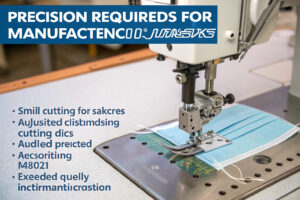
Why does size reduction complicate manufacturing?
Smaller mask dimensions require precision manufacturing techniques that many factories equipped for adult-sized production struggle to maintain consistently. Smaller cutting patterns demand greater precision, miniature seams require adjusted machine settings, and reduced strap lengths need different tension controls. These factors can lead to higher defect rates if manufacturing processes aren't properly adapted. Our dedicated children's product line uses specialized equipment and trained operators who understand these unique production requirements.
How can you ensure consistent quality across batches?
Implementing rigorous quality control protocols specifically designed for children's products is essential. This includes enhanced inspection criteria for seam integrity on curved edges, strap attachment strength testing, and dimensional consistency checks. We recommend implementing AQL (Acceptable Quality Level) 1.0 for children's masks versus the standard 2.5 for adult versions, representing significantly tighter tolerance for defects. Additionally, production should include regular safety inspections for loose threads, secure nose wire encapsulation, and strap durability testing.
How to Overcome These Challenges Successfully?
Understanding these challenges is the first step - implementing practical solutions ensures your kids' mask sourcing delivers safe, comfortable products that meet market expectations.
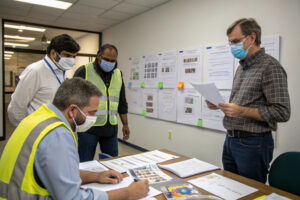
What supplier qualifications indicate capability?
Look for manufacturers with demonstrated children's product experience evidenced by relevant certifications, previous similar projects, and specialized production lines. The ideal supplier should understand both the technical manufacturing requirements and the regulatory landscape for children's products across your target markets. During factory audits, verify they have separate quality protocols for children's items and can provide documentation supporting their safety claims. Our facility maintains dedicated production lines for children's masks with staff trained specifically in pediatric product requirements.
How does prototyping prevent problems?
Comprehensive sample development and testing with actual children from your target age groups identifies fit and comfort issues before mass production. This process should include wear tests for different face shapes, parent feedback on ease of use, and independent laboratory verification of safety claims. We recommend developing at least three sample iterations, with the final pre-production samples matching exactly what will be manufactured in bulk. This meticulous approach prevents the common mistake of approving samples that differ from production quality.
What Additional Considerations Impact Success?
Beyond the three primary challenges, several secondary factors significantly influence the success of kids' mask sourcing projects.
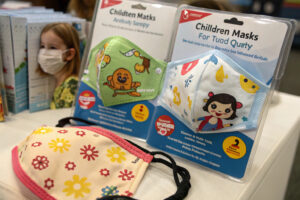
How important are child-friendly designs?
Masks that children resist wearing defeat their purpose, making appealing designs crucial for compliance. Age-appropriate colors, patterns, and characters significantly increase willingness to wear masks, particularly for younger children. However, these design elements must use safe printing methods (avoiding heavy metal inks) and maintain material breathability. Our design approach balances visual appeal with functionality, using integrated rather than applied graphics that don't compromise fabric performance.
What role do parents' concerns play?
Parents prioritize safety, comfort, and ease of use when selecting masks for their children. Addressing these concerns requires parent-friendly features like clear sizing guidance, easy adjustment mechanisms children can't easily dislodge, and clear care instructions that maintain safety through multiple washes. Additionally, packaging should communicate safety certifications prominently to reassure parents during the purchasing process. Products that successfully address both children's comfort and parents' safety concerns achieve higher market acceptance and repeat purchases.
Conclusion
Sourcing kids' cloth masks from China presents three significant challenges: achieving proper sizing across developmental stages, meeting rigorous international safety standards, and maintaining quality consistency in smaller-scale production. Success requires partnering with manufacturers who possess specific expertise in children's products, implementing thorough testing protocols, and maintaining vigilant quality control throughout production. By addressing these challenges proactively, importers can deliver kids' masks that provide both effective protection and comfortable wearability that children will accept and parents will trust.
Ready to navigate the complexities of kids' cloth mask sourcing with an experienced partner? Contact our Business Director, Elaine, at elaine@fumaoclothing.com to discuss our specialized children's mask manufacturing capabilities and comprehensive safety compliance approach. We'll help you create kids' masks that meet the highest standards for fit, safety, and quality.

